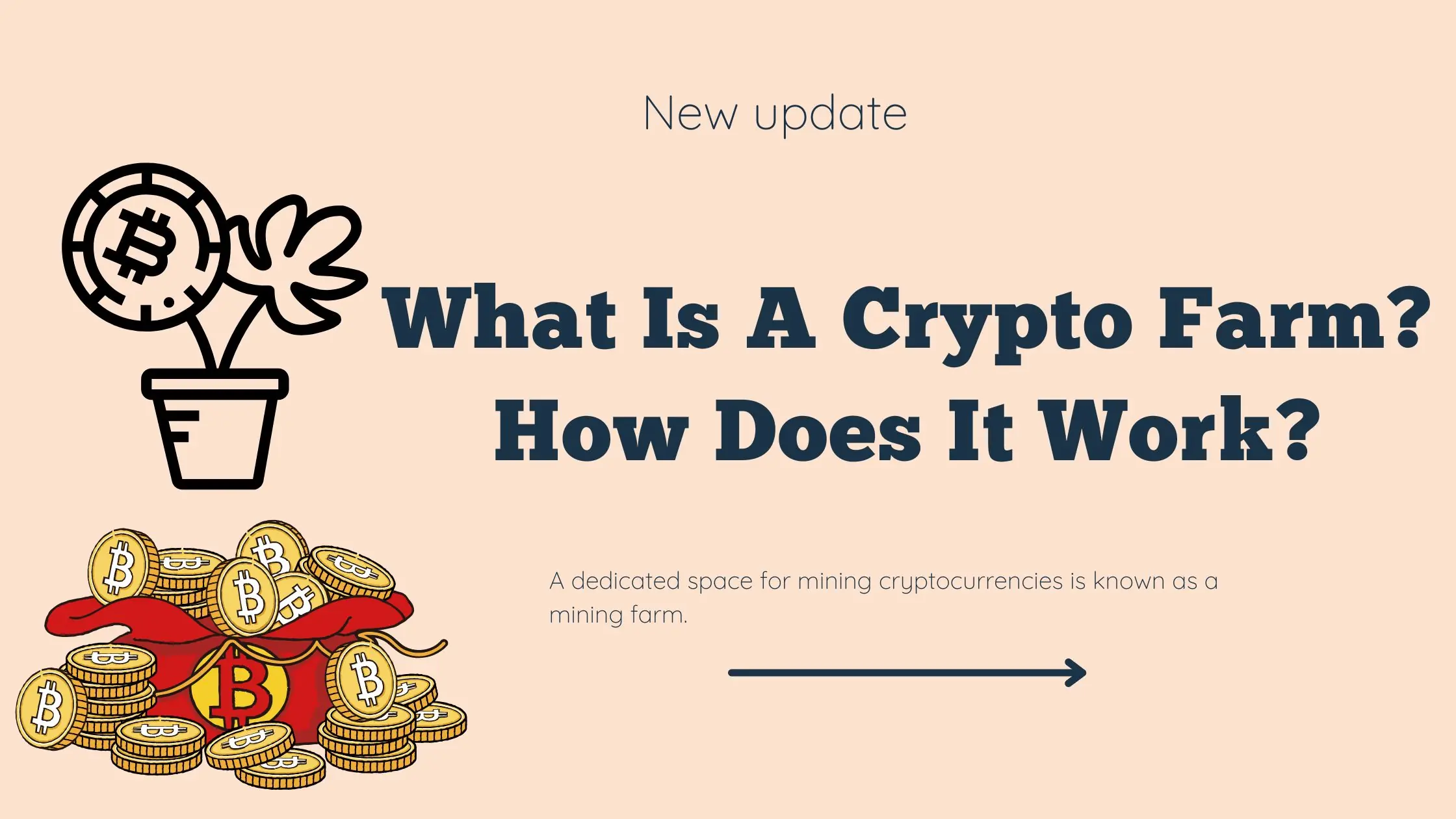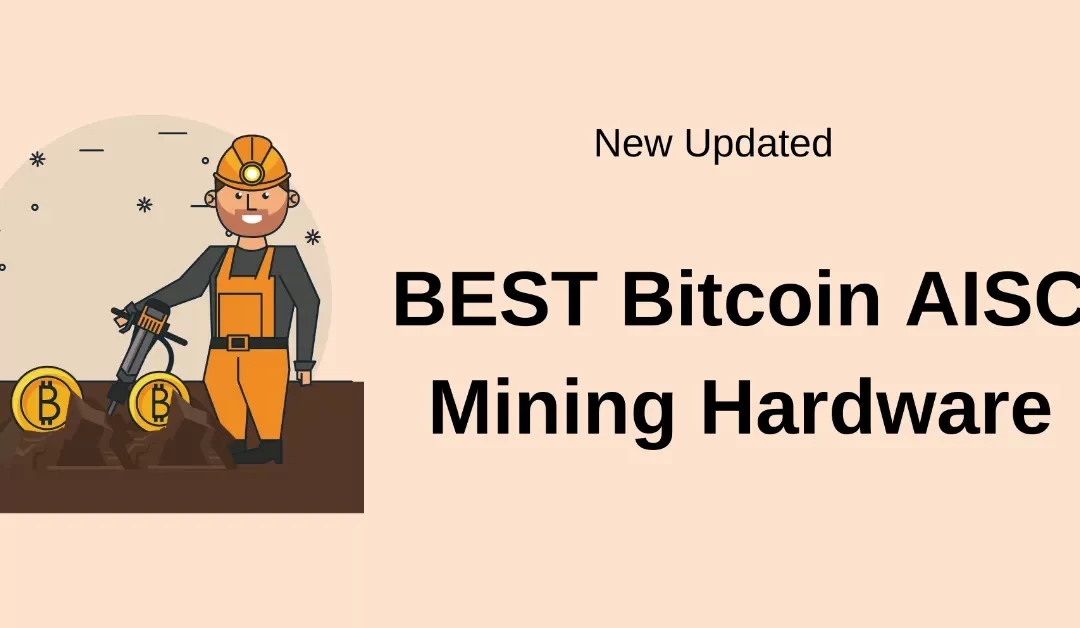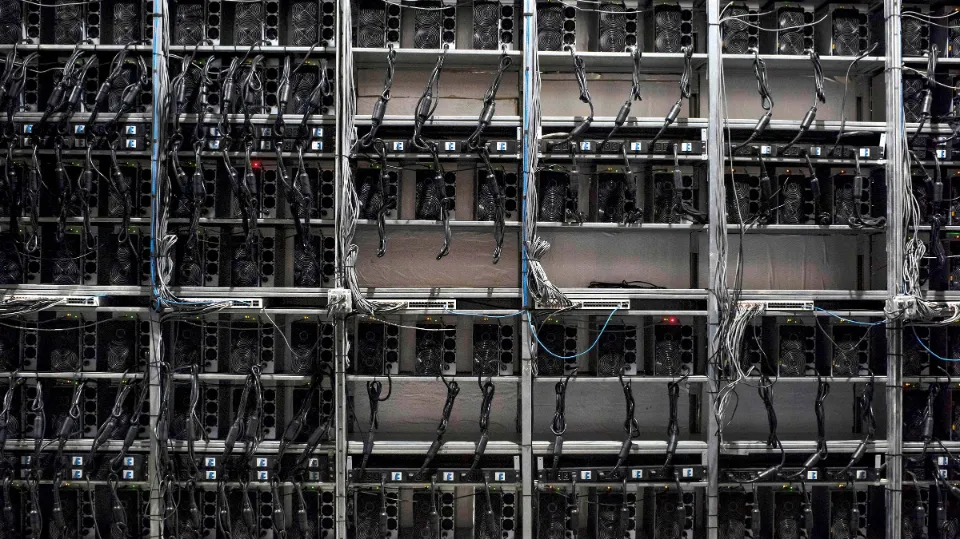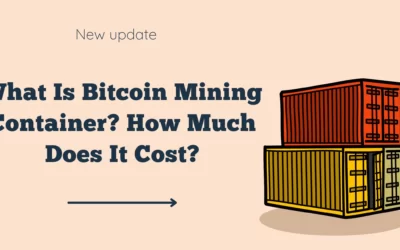Nowadays, crypto farms are a hot topic. Some people question the potential value of cryptocurrencies like Bitcoin and Ethereum. Some even go so far as to say that it is all hot air.
Farming is a process that extracts the core value from Bitcoin. As a result, the output of these farms will be the upcoming big thing. The farmers, also referred to as miners, run their software on this farm to harvest digital coins. The core of the Bitcoin network is made up of the farmers who process these coins.
Keep reading to learn more about the crypto farm and how it works.
What is a Crypto Farm?
A room or warehouse dedicated space for mining crypto is known as a mining farm. A large warehouse filled with dozens of GPUs and ASICs can serve as the farm, or it could be the basement of your home with two ASIC machines. Large power supplies, massive fans, and multiple operators are found in mining farms along with their equipment. A mining farm resembles a small mining pool in a way because all the miners live in the same structure.
Bitcoin mining is a straightforward idea that can appear challenging if not properly explained. The process of verifying a transaction to be added to the blockchain, a public ledger, is the essence of mining. Transactions are added in blocks. An internet-connected computer with a blockchain-connected piece of software is all that is required to validate a Bitcoin transaction.
Additionally, new Bitcoins enter the market through the bitcoin mining process. As was mentioned earlier, whenever miners complete a block size of transactions, 12.5 Bitcoins are released. An average of 1400 transactions are contained in a block of transactions that is 1MB in size.
How Does Crypto Farming Work?
Are you aware of the origins of bitcoin? Physical money was marginalized in favor of digital currency. Because Bitcoin is autonomous, it lacks a centralized administration.
The network’s miners and farmers use software to address the core issues. In this sense, they are compensated for their services by receiving these digital coins. This has evolved into a tool for strategically earning more rewards and money.
All transactions are the new currency exchange model, and when it gets bundled, the blockchain gets the name “blocks.”The blockchain is a significant ledger where information and specifics are openly shared and updated without outside interference.
The most effective way to add transaction records to Bitcoin’s ledger of earlier transactions that surfaced in the blockchain is through farming. This ledger shows the previous or past transactions get the name “Blockchain” due to the formation of a chain over the blocks.
These nodes aid in separating legitimate Bitcoin transactions from unauthorized ones that seek to recover already-spent currency.

How to Build a Bitcoin Mining Farm?
It is profitable for miners to mine Bitcoins because they are valuable. A reward of 12.5 Bitcoins would net you $113,512 at the current price of $9080 per Bitcoin. You can make mining a career if you include the transaction fee you get for confirming transactions.
Basic Tools to Start Mining
1. A Bitcoin wallet, also known as a wallet, is a password-protected mobile app, hardware device, or web application where you store Bitcoins.
2. You will require a mining software program; examples of such software include BTC miner and CG miner.
3. Membership in a mining pool allows miners to pool their computing power to quickly finish a Bitcoin block. They divide the rewards after finishing a Bitcoin block.
4. A mining rig is what today’s professional miners use to mine on ASIC machines. ASICs are robust machines created specifically for mining cryptocurrencies.
5. An Internet-enabled computer
A small mining farm requires at least 1000 Kilowatts of power per week to operate.
6. The mining equipment generates a lot of heat, which requires a cooling fan. To keep your home and the rig cool, you need a good fan.
Top 5 Bitcoin Farms in the World
Moscow, Russia
600 bitcoins or so are mined a month on this farm. The most cutting-edge and potent computer systems for mining bitcoin are installed there. This farm can produce about 45000 KW/H. Unknown is who owns this farm.
Linthal, Switzerland
The owner of this lethal-based farm in Switzerland, Guido Rudolphi, chose the sleepy European village and relocated there from Zurich. Despite having a lot of space, this farm has trouble with its cooling systems.
Dalian, China
In terms of bitcoin mining, China leads the way. With a noteworthy hash rate of 360000 TH, this mining farm produces about 750 bitcoin per month. Up to 3% of the entire bitcoin network comes from the Dalian Bitcoin farm. China is favored for bitcoin mining due to its affordable electricity costs.
Reykjavik, Iceland
Genesis Mining, which has farms in Canada and Iceland, is the company with the biggest bitcoin farm. Additionally, the coldest nations are where these bitcoin farms are situated. Due to its high capacity and electricity consumption, the electricity bills could be higher.
Washington, USA
Due to security concerns, the precise location is still not known. David Carlson, the owner of this farm, switches from being a software expert to mining cryptocurrencies. Carson, who started out mining bitcoins in his basement, is now the owner of GigaWaat and employs experts to mine a sizable number of bitcoins from this farm.

Important Terms in Mining
Mining Difficulty
The difficulty of mining Bitcoin can be summed up as the reason why professional miners no longer use CPU or GPU computers. A Bitcoin block can only be finished in 10 minutes because the blockchain is designed to automatically adjust itself. As a result, the math problems that CPUs and GPUs were able to solve five years ago have become so difficult that only ASICs are able to handle them today. The processing speed of an Application Specific Integrated Circuit (ASIC) is much faster than that of a CPU. At billions of hash rates per second, an ASIC’s special chip solves the mathematical conundrums required to verify transactions. Some ASICs are capable of supporting trillions of hashes per second. As long as the mining difficulty does not exceed their speed, they are adequately prepared to verify transactions thanks to their high speeds.
Power Consumption
Machines used for mining bitcoin use a lot of energy. The monthly energy costs for a single ASIC machine can reach $150. High computing power and low energy consumption are qualities of a good machine. You should budget more than $1000 per month for electricity costs if you set up a mining farm with several ASICs.
Bitcoin’s Value
Bitcoin’s value varies, just like all cryptocurrencies. One Bitcoin was worth $19,000 near the end of December 2017. Its cost is significantly lower now. If the price drops to $5,000, your company’s profitability may suffer.
The Bottom Line: Like A Small Mining Pool
We talked about the top 5 bitcoin farms globally, the crypto farm, and how crypto farming operates. Aside from that, the procedures you can take to participate in bitcoin mining. Blockchain technology is expanding career opportunities in this digitally changing world. Before deciding to begin mining bitcoins, do extensive research.
Read More: Is Coin Mining Farm Website Legit? All You Should Know
FAQ
Is Crypto Farming Still Profitable?
Many people are unsure if mining bitcoin is still profitable in light of the rising cost of energy. The short answer is yes, bitcoin mining can be profitable if you make the appropriate tool investments and join a bitcoin mining pool. Despite this, a large profit isn’t a given because there are numerous unknowns.
What Do You Need for Crypto Farming?
In order to start mining cryptocurrencies, you’ll need a wallet, mining software, and mining equipment. Although the necessary equipment can be very expensive, it can be more profitable the more you spend.
Why Do People Farm Crypto?
You can obtain cryptocurrency without having to pay a deposit by mining. Bitcoin miners receive bitcoin as a reward for completing “blocks” of verified transactions, which are added to the blockchain.
Are Crypto Farms Legal?
For the most part, mining bitcoin is legal. A few nations, including Algeria, Bangladesh, China, Egypt, Iraq, Morocco, Nepal, Qatar, Russia, and Tunisia, have banned bitcoin mining. Because of energy concerns, Sweden is urging a ban within the EU.










